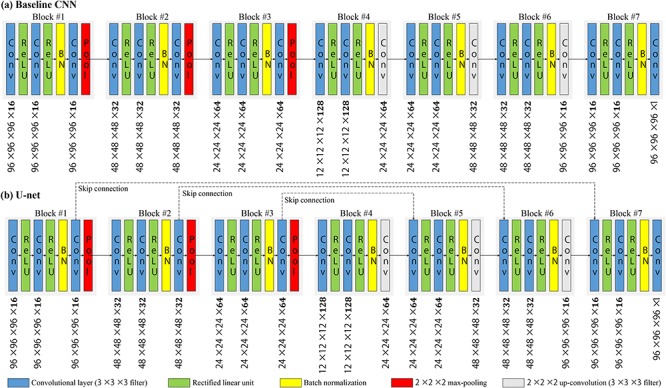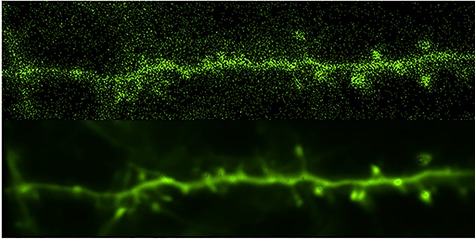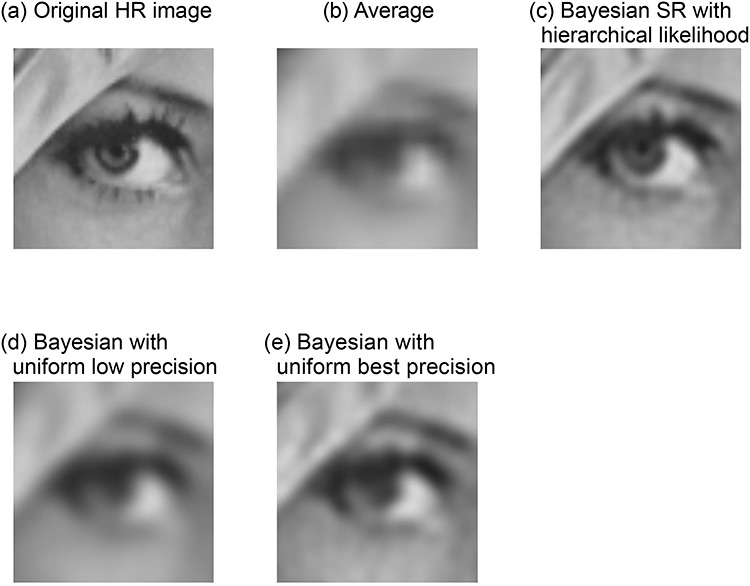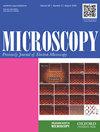基于生成和判别模型的显微图像恢复和分割方法
IF 1.8
4区 工程技术
引用次数: 9
摘要
图像处理是最近机器学习(ML)技术最重要的应用之一。卷积神经网络(CNNs)是一种流行的基于深度学习的ML架构,已被开发用于图像处理应用。然而,ML在微观图像中的应用是有限的,因为微观图像通常是3D/4D,也就是说,图像大小可能非常大,并且图像可能遭受由于光学而产生的严重噪声。在这篇综述中,讨论了三种类型的特征重建在显微图像中的应用,它们充分利用了ML技术的最新进展。首先,在贝叶斯推理等基于统计生成模型的技术的基础上,介绍了多帧超分辨率。其次,介绍了基于监督判别模型的ML技术的数据驱动图像恢复。在该应用中,细胞神经网络被证明具有较好的恢复性能。第三,介绍了基于数据驱动的细胞神经网络的图像分割。图像分割在基于电子显微镜(EM)的对象分割中变得非常流行;因此,我们专注于EM图像处理。本文章由计算机程序翻译,如有差异,请以英文原文为准。



Generative and discriminative model-based approaches to microscopic image restoration and segmentation
Image processing is one of the most important applications of recent machine learning (ML) technologies. Convolutional neural networks (CNNs), a popular deep learning-based ML architecture, have been developed for image processing applications. However, the application of ML to microscopic images is limited as microscopic images are often 3D/4D, that is, the image sizes can be very large, and the images may suffer from serious noise generated due to optics. In this review, three types of feature reconstruction applications to microscopic images are discussed, which fully utilize the recent advancements in ML technologies. First, multi-frame super-resolution is introduced, based on the formulation of statistical generative model-based techniques such as Bayesian inference. Second, data-driven image restoration is introduced, based on supervised discriminative model-based ML technique. In this application, CNNs are demonstrated to exhibit preferable restoration performance. Third, image segmentation based on data-driven CNNs is introduced. Image segmentation has become immensely popular in object segmentation based on electron microscopy (EM); therefore, we focus on EM image processing.
求助全文
通过发布文献求助,成功后即可免费获取论文全文。
去求助
来源期刊

Microscopy
工程技术-显微镜技术
自引率
11.10%
发文量
0
审稿时长
>12 weeks
期刊介绍:
Microscopy, previously Journal of Electron Microscopy, promotes research combined with any type of microscopy techniques, applied in life and material sciences. Microscopy is the official journal of the Japanese Society of Microscopy.
 求助内容:
求助内容: 应助结果提醒方式:
应助结果提醒方式:


